Glenbuckie’s Company – The Lost Jacobite Regiment of 1745
For many years we have wondered why the Stewarts of Balquhidder did not have their own military company or regiment in the service of Bonnie Prince Charlie. Our clan was as noteworthy as any other Highland clan who fought with the Prince. Why is there no record of a dedicated company or regiment of Balquhidder Stewarts? Now we know the answer.
Glenbuckie’s Company – The Stewarts of Balquhidder Regiment
The Stewarts of Balquhidder did have their own company of soldiers mustered for the 1745 Jacobite Rising. We don’t know the actual name of the Company, but it was commanded by Captain Alexander Stewart, 10th of Glenbuckie, so we have called it “Glenbuckie’s Company.” Given the likely size of the unit, it would probably be more accurate to refer to them as a company, rather than a regiment, as they were intended to serve in the Duke of Perth’s Regiment.
Tragically, “Glenbuckie’s Company” existed for only a single day before their commander, Captain Alexander Stewart of Glenbuckie, was murdered in his sleep. After that, lacking a clear leader, the company appears to have broken up within a day.
“Stewart of Glenbuckie was a man of considerable standing. It was he who led out the Balquhidder Stewarts to the ’45, but he did not get very far. He was with his Stewarts and Glencarnaig with his MacGregors [when they] marched off together and stayed together until they reached Leny House, near Callander. There Buchanan of Leny (sic, “Arnprior”) invited them both to stay the night. [MacGregor of] Glencaranaig declined the invitation and Glenbuckie accepted. Next morning Glenbuckie was found dead in bed, shot though the head. A discharged pistol was in his hand. He was buried within the Church of Balquhidder, the 1631 Church, and round about 1855 when burial vaults were being prepared a skull was dug up, the ball still rattling around inside. Skull and ball were reburied.
“Whether this was suicide or murder has never been established. Buchanan did not go out himself in the ’45. He was arrested at Leny House before Culloden, taken to prison at Stirling and executed at Carlisle, proclaiming to the end his innocence of Glenbuckie’s death. After the loss of their leader most of the Balquhidder Stewarts went back home, although a few went on and joined with the forces of the Duke of Perth, with Atholl’s men or with Glengyle.”
Beauchamp, Elizabeth. The Braes o’ Balquhidder: An Historical Guide to the District. Caithness, Scotland: Friends of Balquhidder Church, 1993.
Hilton McLaurin identified the following record of the correspondence and meeting leading up to the mustering of the Glenbuckie Company.
The Kirkton Meeting
There was a meeting at the Kirkton of Balquhidder on August 30th 1745. According to Macpharrie; Glengyle (M’Gregor), Glencarnaig (M’Gregor), Stewart of Glenbuckie and Buchanan of Arnprior met with the Duke of Perth (James Drummond) to arrange a muster on the 8th September. Glencarnaig and his two brothers with 8 followers mustered at noon on the 8th, and at 3pm, Glenbuckie arrived with 40 Stewarts and Ranald with a further 40 MacGregors. This group of a little under 100 marched for Callander.” (History of the MacGregors, 1901)
31 Aug. 1745, Prince Charles and the Jacobite Clans arrived at Blair Castle. William Duke of Atholl after an exile of twenty-nine years took possession of his estates, to which, except for his attainder, he would have succeeded twenty-one years previously.
“The Marquis of Tullibardiinie, Duke James’s eldest brother, had landed in Scotland with the Prince in July 1745, and had taken up the hereditary title of Duke of Atholl, of which an Attainder had deprived him. To distinguish him from his brother, the de facto Duke, he is known in the Atholl family as “Duke William.” He occupied Blair Castle in Sept. 1745, and on the same date sent similar warrants to other vassals. This warrant was for the service of King James VIII., with directions to join the army under ” His Royal Highness” Prince Edward’s command, and Glencarnock and Glenbucky heartily responded.” (History of the MacGregors, 1901)
“This to empower and authorise you Alexr Steuart of Glenbucky and Robert Murray of Glencairnaig to be aiding and assisting to one another in raising for his Majesty’s service my vassals of Balqhuidder and Tennants there upon my property Which I desire & require you may, with all expedition & Dispatch to Join the Army under his royal Highness Command Friday next at Perth or wherever the royal Standard may be for the time and this you are to perform with all diligence & care as you shall be answerable to
(Signed) ” Atholl.”
“Camp at Blair Septr 1745.” (Atholl and Tullibardine Chronicles)
Hilton McLaurin, Clan McLaurin – The Argyll Clan
Clan Leadership
Alexander Stewart of Glenbuckie is listed in the Muster Roll of Prince Charles Edward Stuart’s Army, 1745-46, as serving in the Duke of Perth’s Regiment, as follows:
Stewart, Capt. Alexander of Glenbuckie, committed suicide, Sept. ’45
Being a clan chief does not necessarily mean that one is also an excellent military commander. As we see with many other Highland clans, their military commanders were often someone other than the clan chief. In the case of the Stewarts of Balquhidder, the clan chief in 1745 was Robert Stewart, 5th of Ardvorlich. Despite the fact that his father, brother, and nephew were all active Jacobite soldiers, there is no indication that Robert Stewart of Ardvorlich himself was “out in the ’45” or that he was even a soldier.
Alexander Stewart of Glenbuckie seems to have distinguished himself as a soldier and was given command of the Stewarts of Balquhidder clan forces. Beauchamp describes Glenbuckie as “a man of considerable standing.” So, Ardvorlich was the clan chief while Glenbuckie was the clan military commander.
Murder or Suicide?
While Beauchamp tactfully sits on the fence as to whether Glenbuckie was murdered or committed suicide, it makes no sense whatsoever to this author that a well-respected military commander would march off with his soldiers to join the battle and then, on the very first night of their march, take his own life. The Stewarts of Balquhidder were staunch Jacobites — supporters of Bonnie Prince Charlie’s cause, and his father, James Stuart, “The Old Pretender.” Alexander Stewart of Glenbuckie had just gone to all the work of mustering his clansmen and retainers. He would have been proud to fight for Prince Charlie. There is no conceivable reason why he would shoot himself in the head on his very first night out. The only explanation that makes sense is that he was murdered in his sleep and that it was staged to look like a suicide.
Frances McDonnell alleges that Alexander Stewart of Glenbuckie and Francis Buchanan of Arnprior had had recent cross words over who would serve as Major in the Duke of Perth’s Regiment:
“Arnprior had been to see Stewart of Glenbucky, and there had been some dispute about the post of Major in the Perth Regiment to which Glenbucky belonged. Arnprior brought Glenbucky home with him to Lenny that night. The next morning he was found dead in bed with a pistol in his hand.”
McDonnell, Frances. Jacobites of Perthshire, 1745. Baltimore, Maryland: Clearfield Company, 1999.
Suspicion fell upon Buchanan of Arnprior (who resided at Leny House). He was arrested and subsequently executed for the crime, despite the lack of anything more than circumstantial evidence against him; despite him protesting his innocence.
If Buchanan didn’t kill Glenbuckie himself, then some unknown person either snuck into, or was admitted into, Leny House while everyone was asleep and shot Glenbuckie.
The Demise of “Glenbuckie’s Company”
After the death of Glenbuckie, many of his clansmen lost heart for fighting and returned home. While others, who were still keen to serve, attached themselves to other regiments.
Thus came to an end, the very short-lived “Glenbuckie’s Company”, the lost regiment of the 1745 Jacobite Rising.
We have an evolving list of known Balquhidder Stewarts who served in the ’45 and which regimental units they served in. That list can be found here:
Epilogue: The Appin Murder
After the death of Alexander Stewart of Glenbuckie, the estate of Glenbuckie passed to his eldest son, Duncan, who became 11th of Glenbuckie.
In 1752, in the aftermath of the Jacobite defeat at the Battle of Culloden, Colin Roy Campbell of Glenure, the “Red Fox,” was murdered in Appin by an unknown assassin. The government and Crown feared another Jacobite Rising was being plotted. (They were probably correct.) They couldn’t let Glenure’s murder go unsolved and unpunished. They needed to send a strong message to the Highland Jacobites. They needed a scapegoat. James Stewart of Acharn, known as “James of the Glen,” an innocent man, was convicted of the murder and hanged.
Duncan Stewart, 11th of Glenbuckie, was called as a witness for the defence at the 1752 trial of James of the Glen. Duncan died sometime after the trial, between 1752-1756, of consumption (Tuberculosis). The Glenbuckie estate then passed to Duncan’s younger brother, Alexander Stewart, 12th of Glenbuckie, who later sold it in 1756, amidst controversial circumstances, to his brother-in-law, John Stewart of Benmore (of Clan Stewart of Appin), bringing an end to the original Stewarts of Glenbuckie.
We will have much more to say about the relationship between the Appin Murder and the Stewarts of Balquhidder in future posts.
The Arrest of Dr Archie Cameron 21/3/1753.
(The following story about Alexander Stewart of Glenbuckie comes from blogger, In Jacobite Footsteps. The original source is not cited.)
At the site of Stewart of Glen Buckie’s house a few miles south of Balquhidder. Alexander, head of the Glen Buckie Stewarts joined the ’45 Uprising early on but was soon after found dead in mysterious circumstances at Leny House near Callander shot through the head.
Glen Buckie house played host to more than a few prominent figures from Jacobite times, namely Allan Breck Stewart who knew the area well and stayed here for a whole month while on his way north to Appin from France in 1752 to collect second rents for the then exiled Charles Stewart of Ardsheal.
Also, his stepfather James of the Glen, (Glenduror in Appin) stopped here for a few days while on his way south to Edinburgh. His mission was to try and turn around proposed evictions of tenants on the forfeited Jacobite estate of Ardsheal by Colin Campbell of Glen Ure, all of which lead to Campbell’s assassination near Ballachulish – the infamous Appin Murder.
The greatest associations I feel are with the estimable Jacobite Dr Archie Cameron, brother of Donald Cameron of Lochiel. The late great Scottish writer Rennie McOwan was convinced it was here at Glen Buckie House in 1753 that Dr Cameron was captured by a party of Redcoats from Inversnaid Barracks on Loch Lomondside, although history records the arrest was made at another Stewart owned ‘safe house’ a few miles over the hills at Brenachoile on Loch Katrine, and it’s here I believe he was captured.
Whatever the truth is regarding the location of the arrest, Dr Cameron was bound and marched back to the barracks of Inversnaid then to Stirling, then on to London. It’s suggested that his location was given away by Alexander MacDonnell, young Glengarry, known to posterity as Pickle the Spy. MacDonnell had become a Jacobite Turncoat.
The Redcoat party from Inversnaid was led by a Captain Craven, his report still exists and makes interesting reading:
“On the 21st I went with a party to the house of Stewart of Glen Buckie, where I had the good fortune to apprehend the said Cameron in the following manner. I marched the party around the head of Loch Katrine, which I thought better than crossing it in a boat, imagining we might be espied on the water and intelligence given him of us. Through all the little towns we marched I carefully watched that no person went before us to give intelligence and this precaution proved to be very necessary for when we came within a mile of the place, the country people dispatched a girl before us, whom I observed making all the speed she could, whereupon I ordered one of the best marchers to pursue her, and prevent her getting to the house before us. She however got before the soldier to a cabin halfway to Stewart’s house and from thence despatched a boy whom the soldier likewise perused and by presenting his piece and threatening to shoot him, brought him to a halt and preventing his getting on before us. Being now arrived within a quarter of a mile of the house, I divided my party, ordering the Sergeant with his division consisting of six men to go by a way which led to the front of the house, and invest that part, whilst I with six more went another way through a wood to the back part of the house to invest it, the soldiers were not seen till we were very near the house, when Cameron quitted it, took to his heels and made towards a wood on the north east side of the house, but the Sergeant being nearest pursued and took him. I could not find in his possession any other papers than a few bank notes, and an inventory of his wearing apparel in a pocket book. It was about sun setting when we arrived there. I marched him to Inversnaid where we arrived about two o’clock this morning after a march of about 24 miles heartily tired having waded through rivers and bogs up to our knees and passed some rough rocky mountains, but the satisfaction of succeeding makes the fatigue rather a pleasure. I have ordered Lieut. Phillips with a party to march him to Stirling tomorrow…”
There was no trial in London for 46 year old Dr Cameron, possibly out of fear of exposing the Government spies identities. He was sentenced to be hanged, but cut down while yet living, then disembowelled, beheaded and the rest of his body was to be quartered, but although the executioner left him to hang until dead, it’s not altogether clear if the final grizzly act of British Governmental retribution was carried out, but given the order we must assume so.
The likely aim as far as the Government in London was concerned was to finally break the power and influence of Clan Cameron, and with the revelation of his involvement in the Elibank Plot, and his brother, Lochiel, the Cameron Chief, who played such a prominent part in the Prince’s venture in 1745 now also dead through natural causes, and the third brother, John of Fassifern now banished to Alnwick in Northumberland, they succeeded. Dr Cameron would be the last high profile Jacobite to die for the old cause and the possibility of any future Jacobite insurrection in the Highlands died with him. (Click on images for more info)
The following is Dr Cameron’s own account from the Tower of London while awaiting execution.
http://www.lochiel.net/archives/arch015.html
For more information on the Stewarts of Glenbuckie, click here:
A note on spelling:
Standardized spelling did not become a custom until the mid-19th century, thus you will find both spellings “Glenbuckie” and “Glenbucky” in various sources. Both are correct, but we generally use “Glenbuckie” on this site.

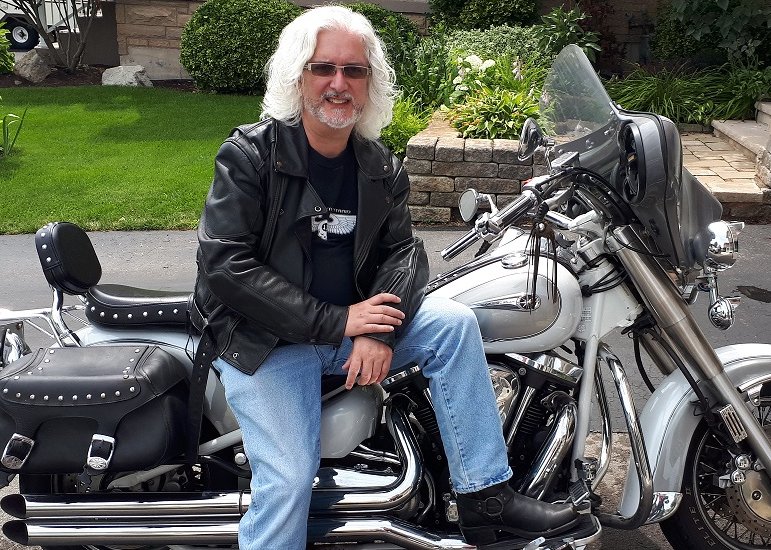
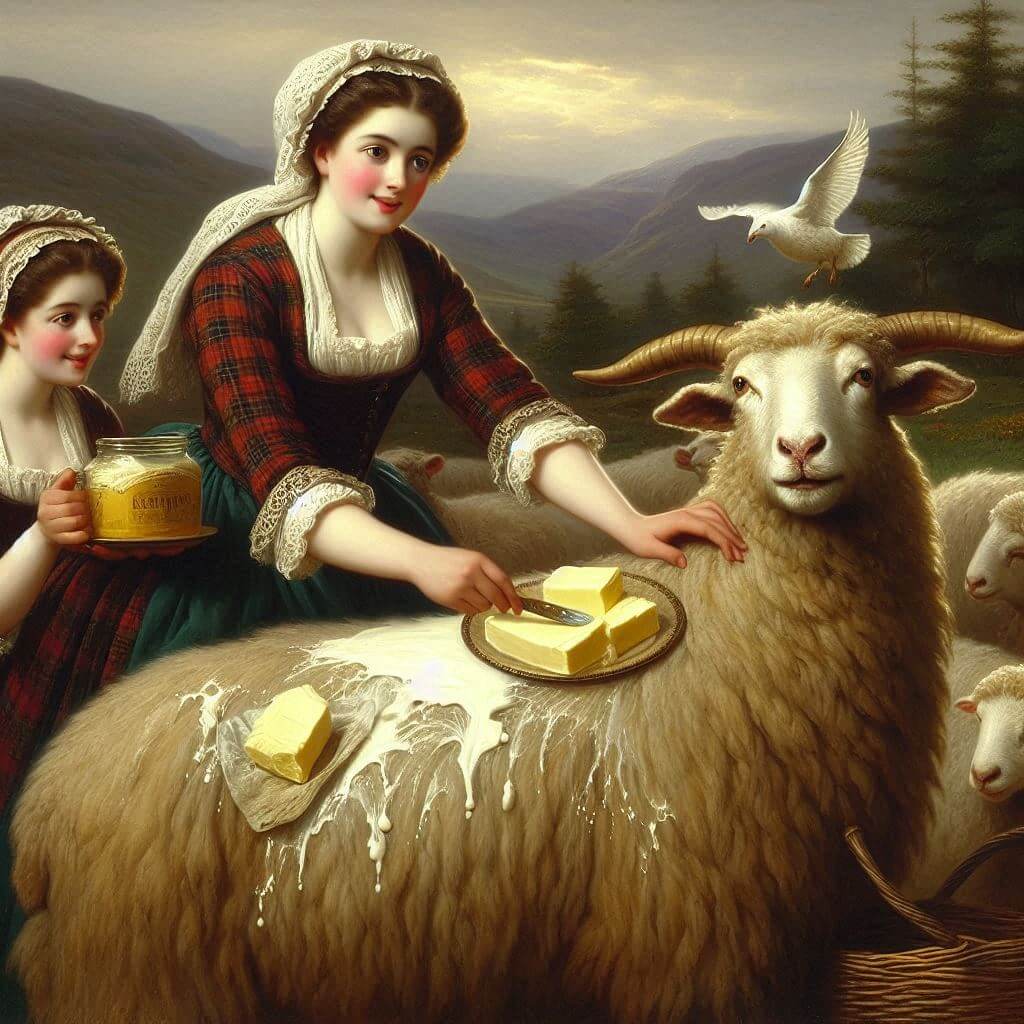
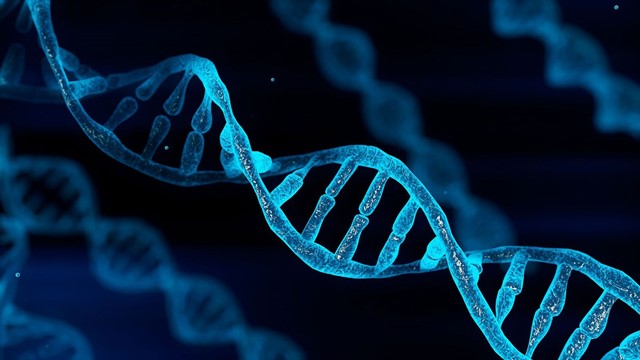
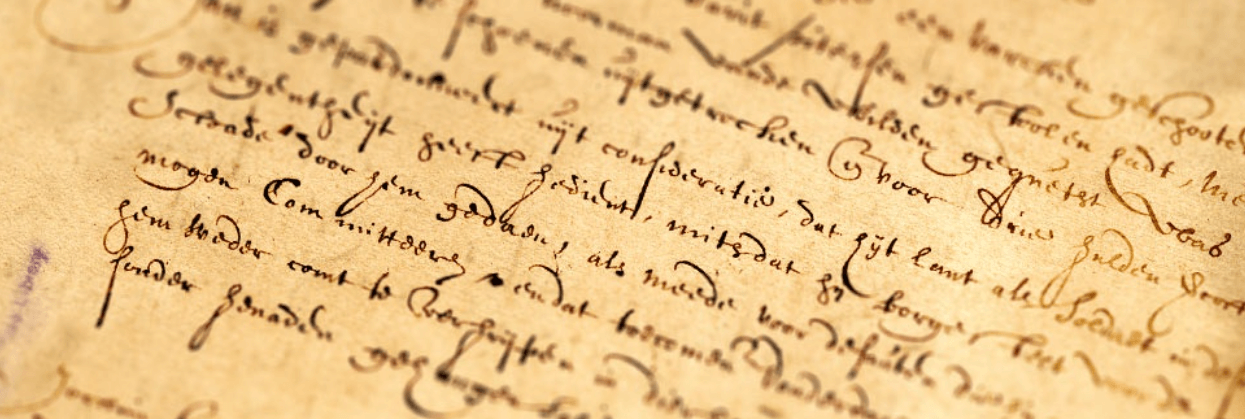
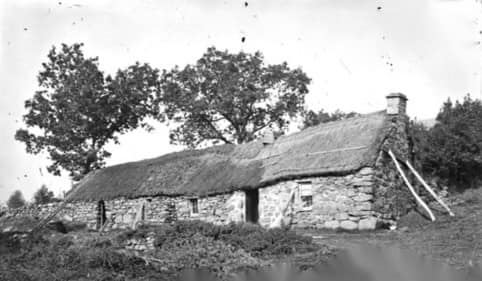
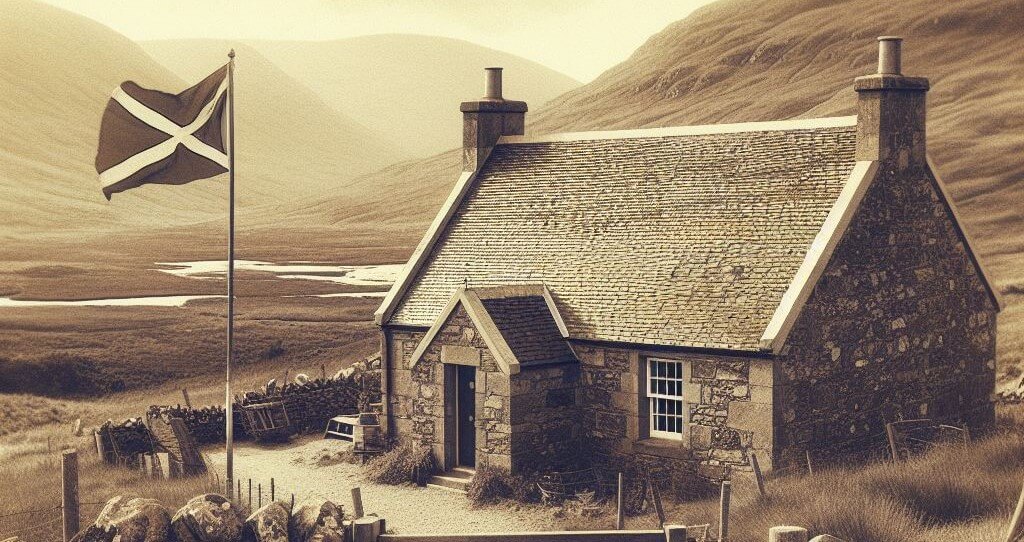
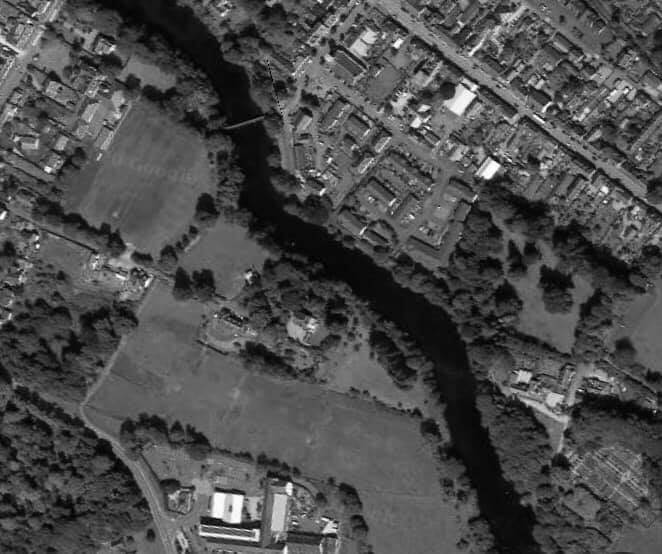
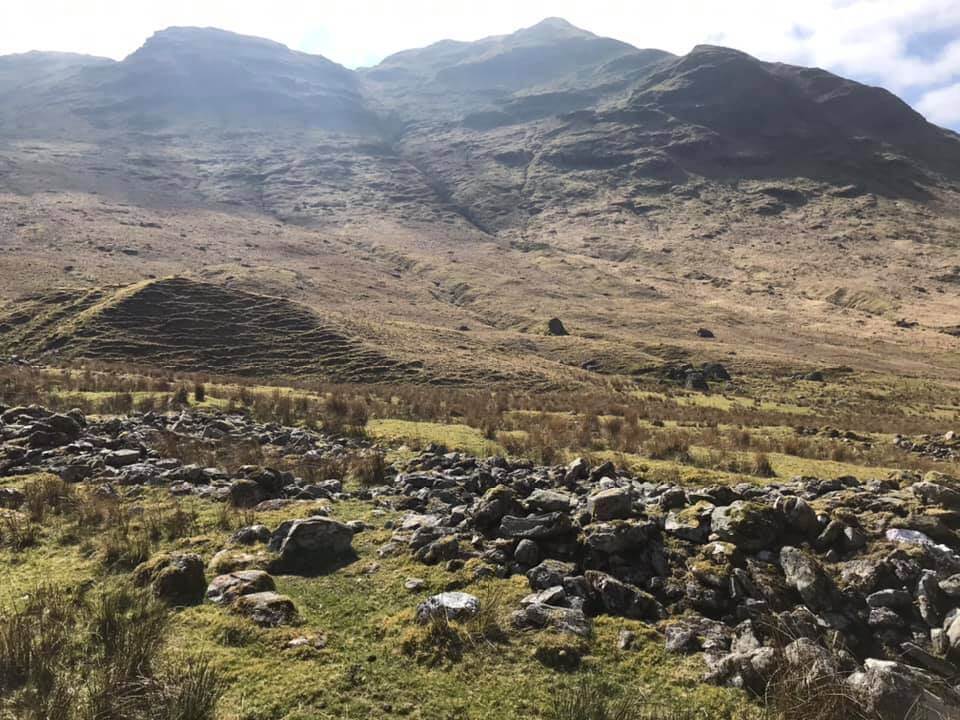
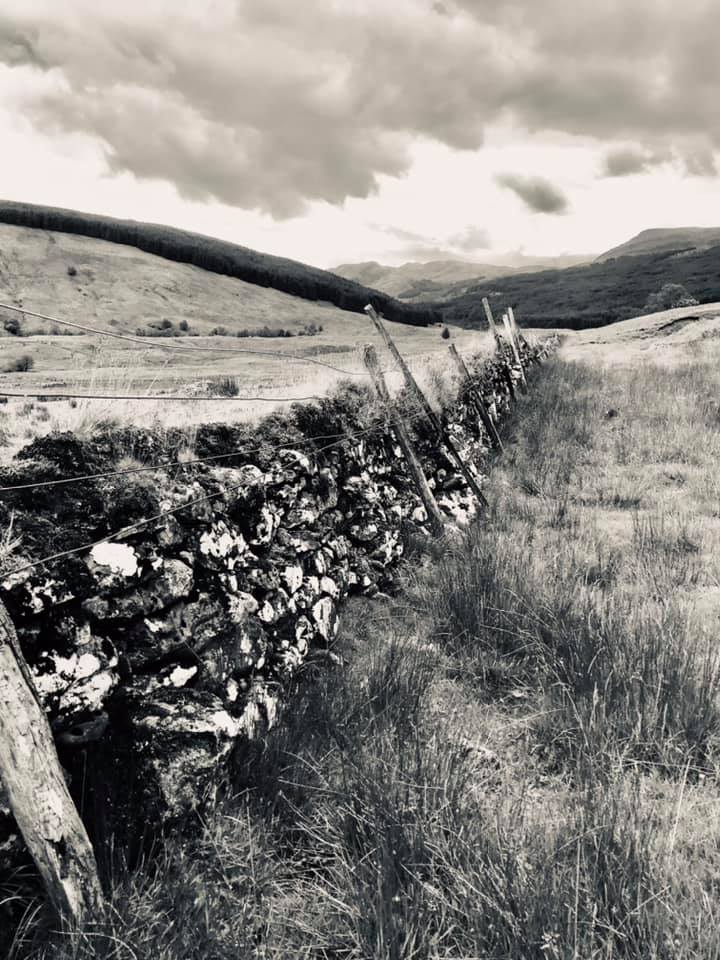
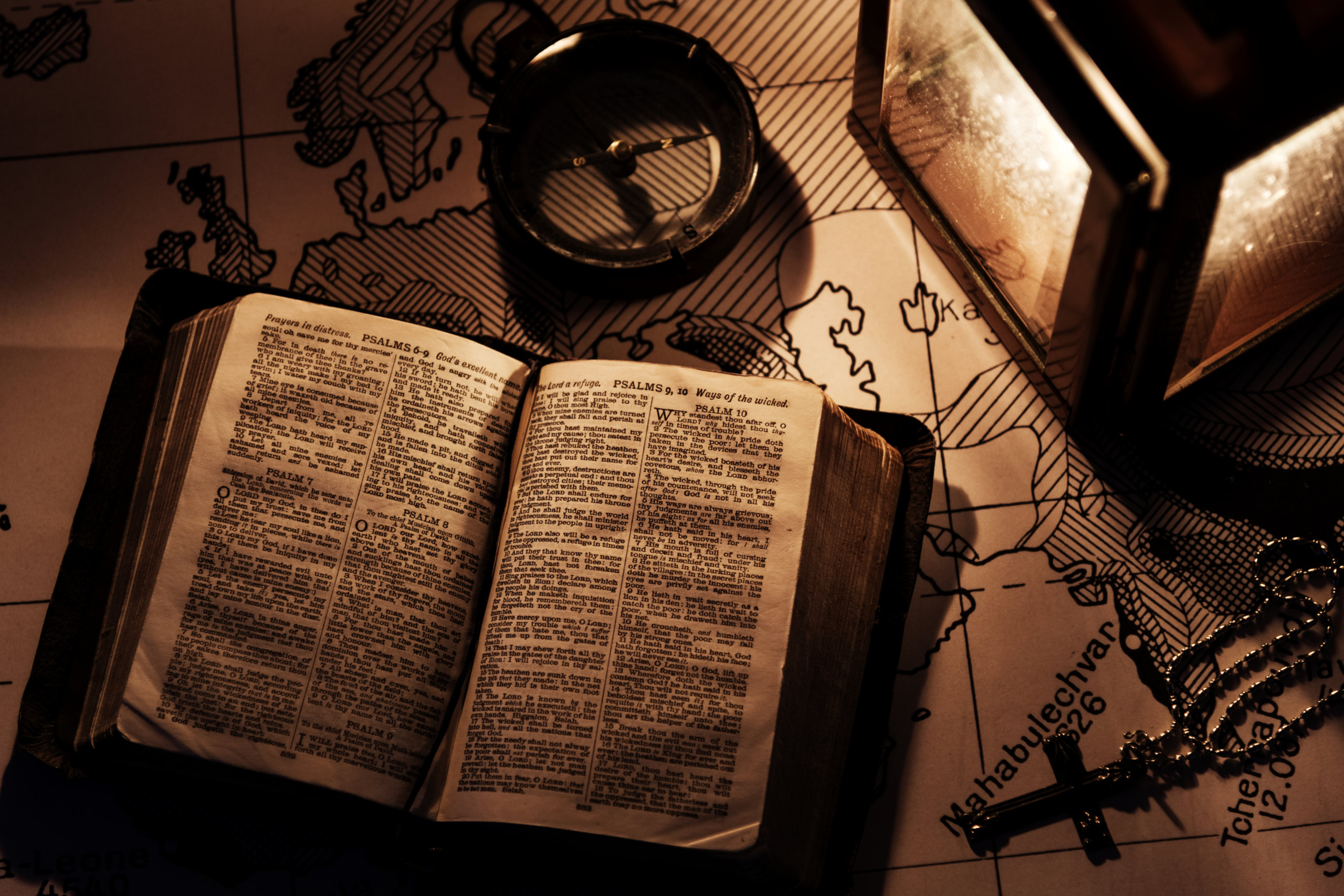
0 Comments